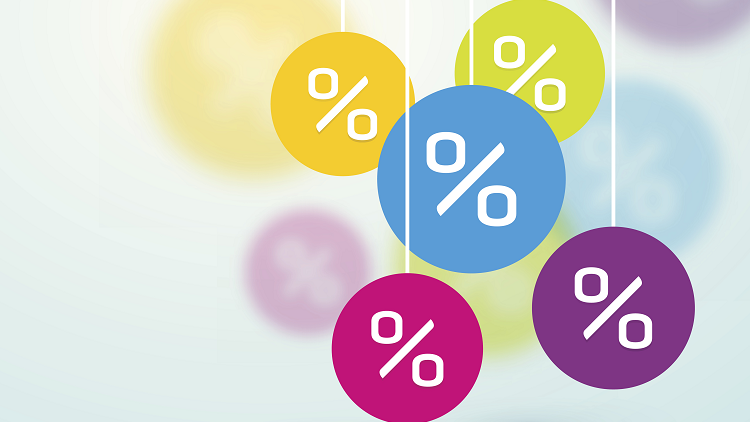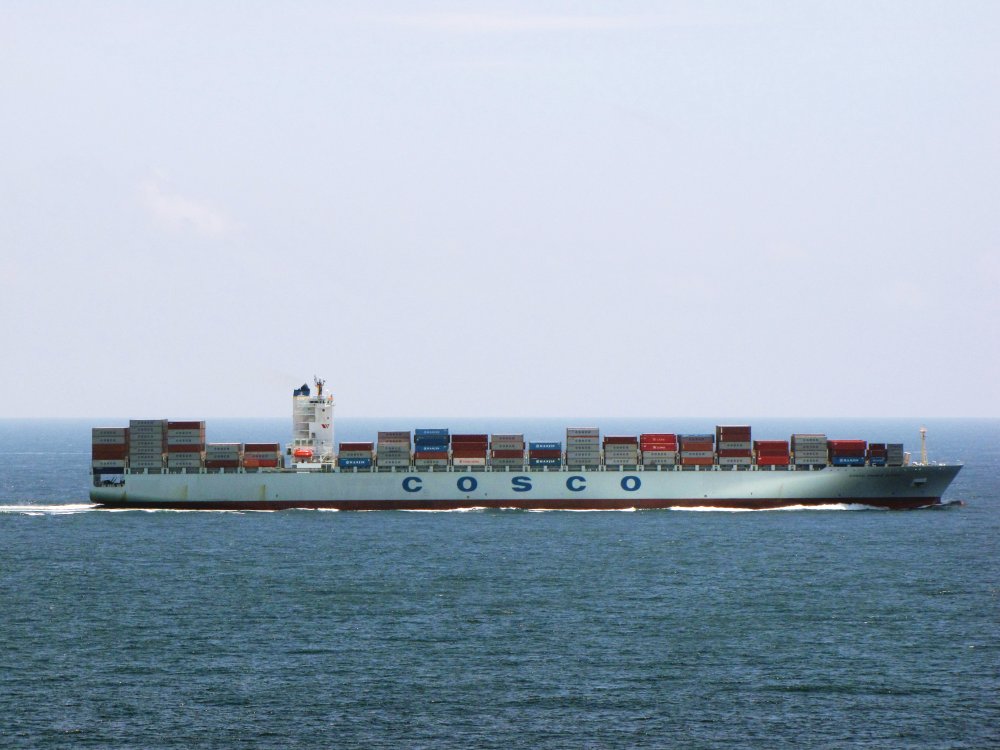1)
From my results, it seems that nurturing is my dominant perspective while social reform is the perspective I identify with the least. The perspective with the most inconsistency is transmission, where it seems that I apply and believe in it, but don't really intend to.
2) I was most surprised by the height of the developmental perspective because, although that is one of my goals as a teacher, I don't think I have done enough to achieve 12 points for action (my highest action points across all categories) - I would have expected it to be closer to the transmission range, with apprenticeship and nurturing being my top two perspectives. I wasn't too surprised at the results for social reform because it is one I am still grappling with.
3) Considering that for my top two perspectives, my beliefs/intentions are higher than my actions, I wonder how I could bridge this gap and align them so they are more or less on the same level. In encouraging us to look into the reason for these differences, the TPI website asks if it's a matter of job constraints, philosophical inconsistencies or lack of clarity about departmental expectations. At this stage, only having taught a few lessons in a school setting during my practicum, I think it's partially due to the fact that I haven't experienced the full job yet. For instance, if I wanted to raise my nurturing actions to the same level as my intentions/beliefs, I could implement certain assessment strategies that facilitated learning instead of causing students extra stress with standardized tests. Similarly, I would have more opportunity to explore apprenticeship as I was in charge of more lessons.
Leaving social reform to the side because I still need to struggle with that perspective and find out where I stand, my second lowest is transmission, which I intend to work on over the years anyway so there also isn't much for me to say about that. However, for the developmental perspective, I think I need to work a lot at effective questioning. I would like to follow Asha's advice in this regard by taking simple questions and taking out information to make it more interesting, but I would have to try my hand at it before I could say where my skill level on that lies.







